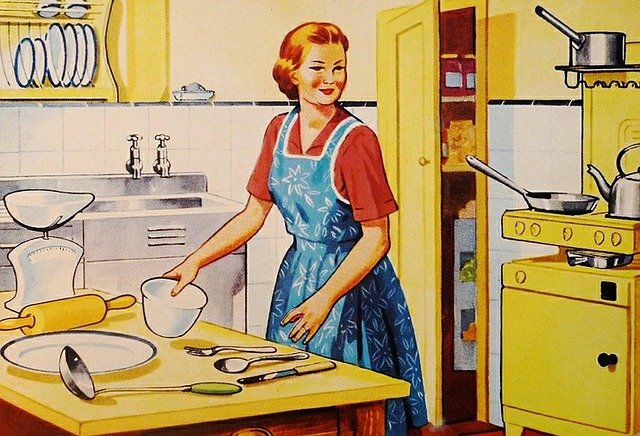The key difference between gender and gender roles is that gender is based on how a person conducts him/herself, while gender roles are decided by society. Gender is the conscious and subconscious recognition of an individual’s sex. It has an internal origin and an internal self-identification. It is how a person presents himself. Meanwhile, gender roles are society’s expectations towards a certain gender and how a person should behave within that society. These are based on cultural norms or other people’s expectations.
Key Takeaways
- Gender is an individual’s self-identification and presentation, while gender roles are societal expectations.
- Gender binary includes male and female, while non-binary or genderqueer encompasses other gender identities.
- Gender roles are influenced by cultural norms, education, economy, ethnicity, and religious background.
What Does Gender Mean?
The word ‘gender’ is of Middle English origin ‘gendre’ and comes from Anglo-English and Middle-French. Gender differentiates between masculinity and feminity based on a person’s anatomy. This is based on the belief that a person’s anatomy matches their gender. Yet, it is really not about the anatomy of a person; it is about who they are as an individual. The term gender is now frequently used to show a person’s self-representation either as a male or female. It also demonstrates how that person is acknowledged by social institutions based on his/her gender presentation.
Since male and female are the most common two genders, we use the term gender binary, which includes males and females. All the other types of gender fall into the non-binary or genderqueer group.
Gender Identity Terms
Transgender – an individual whose gender identity is different from the one they were given at birth
Two-spirit – an individual who lives between genders. Such individuals carry the qualities of both males and females or one who is not specific to any gender
Cisgender – an individual whose gender matches what they were given at birth
Non-binary – an individual who does not recognize as a man or a woman
Genderqueer – an individual who is neither male nor female, is between or beyond genders, or is some with a combination of genders.
Gender expression – how an individual acts and presents themselves to the world
Gender fluid – an individual whose gender varies over time.
Gender-neutral – an individual who feels they are neither male nor female
What are Gender Roles?
Gender roles refer to attitudes and behaviors that are appropriate, acceptable, or desirable for an individual based on that individual’s biological or perceived sex. These include how a person is expected to talk, act, dress, and behave.
Gender roles revolve around the terms ‘masculinity and ‘femininity. These concepts and beliefs vary according to various societies, cultures, and ethnic groups and also over time. Gender roles are mainly based on cultural norms. They even differ from person to person. People within a family may hold different ideas about these beliefs on gender roles. Such beliefs are greatly influenced by a person’s education, economy, ethnicity, and religious background. We also call these beliefs, cliches, or stereotypes. Some common cliches are,
Women stay at home looking after children, whereas men do jobs
Women are emotional, and men are aggressive and self-confident
Women are nurses and teachers, while men are doctors and engineers
Women are caring, but men are tough
Women do not like hunting and sports while men like hunting and sports
What is the Difference Between Gender and Gender Roles?
The key difference between gender and gender roles is that gender is based on how a person conducts him/herself, while gender roles are decided by society. In other words, gender roles are based on differences in gender.
Summary – Gender vs Gender Roles
The term ‘gender’ can be divided into two major sections named binary and non-binary. Masculine and feminine come under the group ‘binary’ while there are many categories such as transgender under the non-binary group. Gender is based on the way an individual presents him/herself in society. Gender roles are based on peoples’ expectations as to how a person should behave in society. They can be considered as beliefs or clichés, and they depend mainly on a person’s education and religious and cultural background. Thus, this is the key difference between gender and gender roles.
